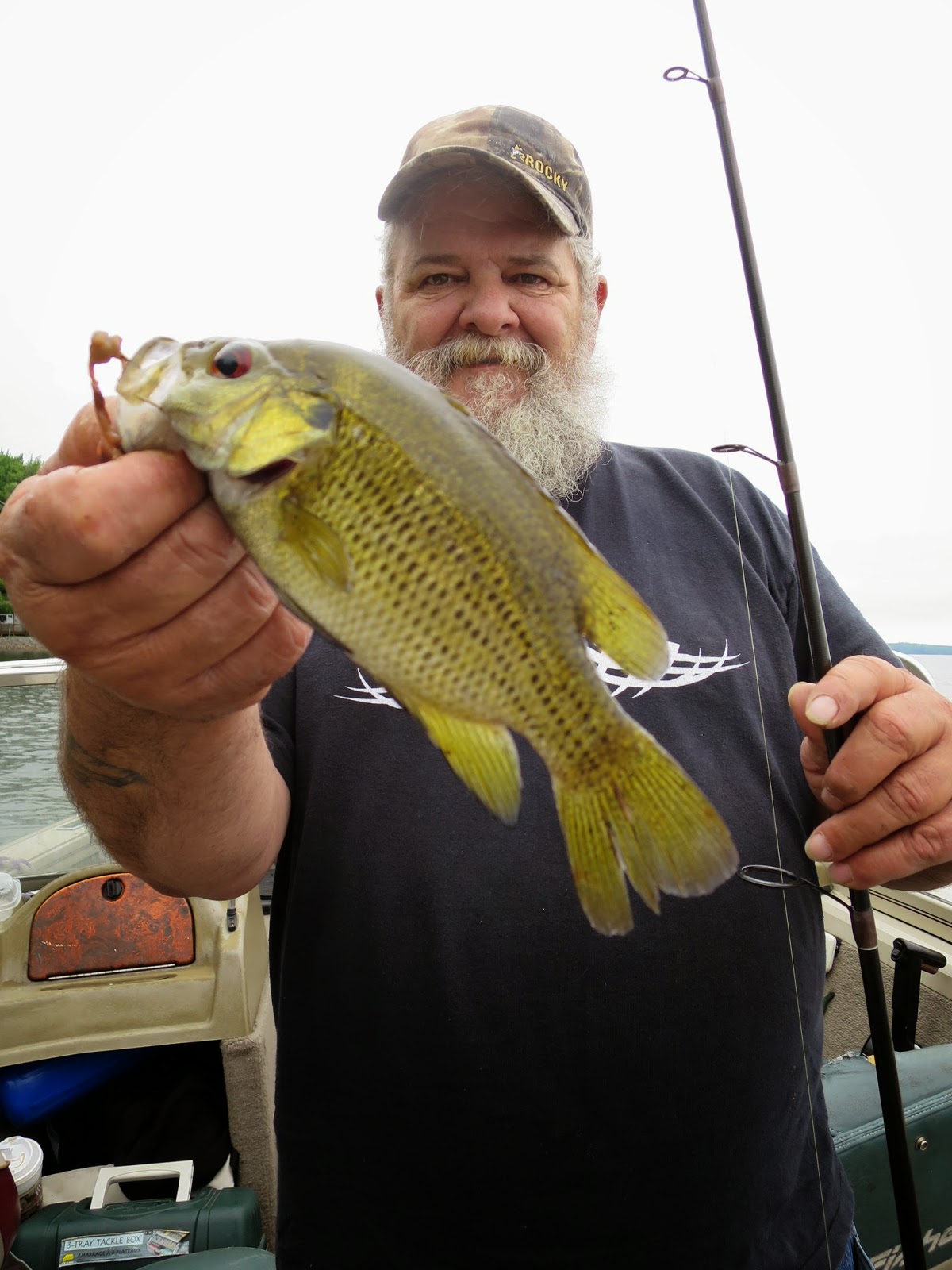Oswego County’s is one of the world’s best destinations for fresh water trophies. Contrary to widespread belief, however, all the hot spots ain’t on Lake Ontario. Indeed, Oneida Lake, the biggest pond in the state, offers anglers some extraordinary warm water angling, especially in deep summer.
Now, everyone worth his weight in bucktail jigs can tell you stories about the lake’s massive quantities of walleye. Those who like perch will add tales about the buckets full of 12 inchers that come out of the place, rain or shine, summer and winter. Even pickerel, one of the drink’s most delicious critters, are so cooperative, anglers who don’t have a clue on how the natural order works think the lake is infested with them.
Well, Oneida Lake isn’t infested with pickerel. It’s the most productive lake in NY, a veritable bait factory, and the pickerel, like walleyes, crappie, perch (white and yellow), largemouth and smallmouth bass, cormorants, blue herons, kids with worms, adults throwing Sonars, you name it, help keep fish populations in sync.
In other words, if there wasn’t a surplus of bait, you wouldn’t have so many pickerel and fishermen. Massive quantities of bait support great populations of game fish which in turn draw huge numbers of anglers. That’s how the natural order works.
While the pickerel, walleye and other usual suspects deserve the lion’s share of attention, the lake supports a wide variety of bottom feeders every bit as challenging to catch as the glamorous species.
Take catfish, for instance. Some experts consider them America’s most popular freshwater game. They’re popularly targeted in each of the Lower 48 states. Oneida Lake claims two of the most popular: bullheads and channel cats. Both reach trophy size around here: Bullhead will go 18 inches; channel cats can reach 20 pounds and better.
Both are fair weather species. The hotter the weather, the more active they are. Bullheads like to hit worms still-fished on bottom, while the catfish like cutbait or shrimp fished the same way. In summer, they like to hang out wherever deep and shallow waters meet; places like the public access sites at both ends of the I-81 Bridge in Brewerton, the Cleveland Docks, the municipal dock on the Oneida River a few hundred feet east of the US 11 Bridge, and the canal at the lighthouse park in Brewerton (just west of the CR 37/railroad crossing).
How about carp? This species’ popularity is booming. Indeed, travel agencies are making fortunes selling carp fishing vacations to Europeans and Asians. Local angler Mike McGrath, of McGrath & Associates Carp Angling Services (315-882-1549), makes a good buck taking these clients on carp fishing trips of a lifetime.
Best of all, carp like all water: deep, shallow, muddy-bottomed, rocky, even weedy. They’ll hit kernel corn, bread balls, pieces of potato, and a mash experts like McGrath make with grains and syrups.
But if you just gotta get the popular breeds, the lake has the answer: it’s one of the hottest spots in the Northeast for summer black bass. Out in the lake, smallmouths hang out along the channel drops, weed edges, and dumping grounds (areas where debris was dumped when the canal was being dredged); and around docks and other man-made structures in the Erie Canal. Curiously, the lake’s largemouths hangout in pretty much the same places, only they’re more inclined to be closer to shore, in warmer, shallower water.
This weekend marks the state’s Free Fishing Weekend. It’s a great time to come up to the Oswego County communities lining the northwestern shore of Oneida Lake. Who knows, you might hook the monster you’ve been dreaming about.
.jpg) |
| Hawg bucketmouth caught off the municipal dock, Brewerton. |
.jpg) |
| Hoping for a duckling dinner. |

.jpg)


.jpg)
.jpg)
.jpg)